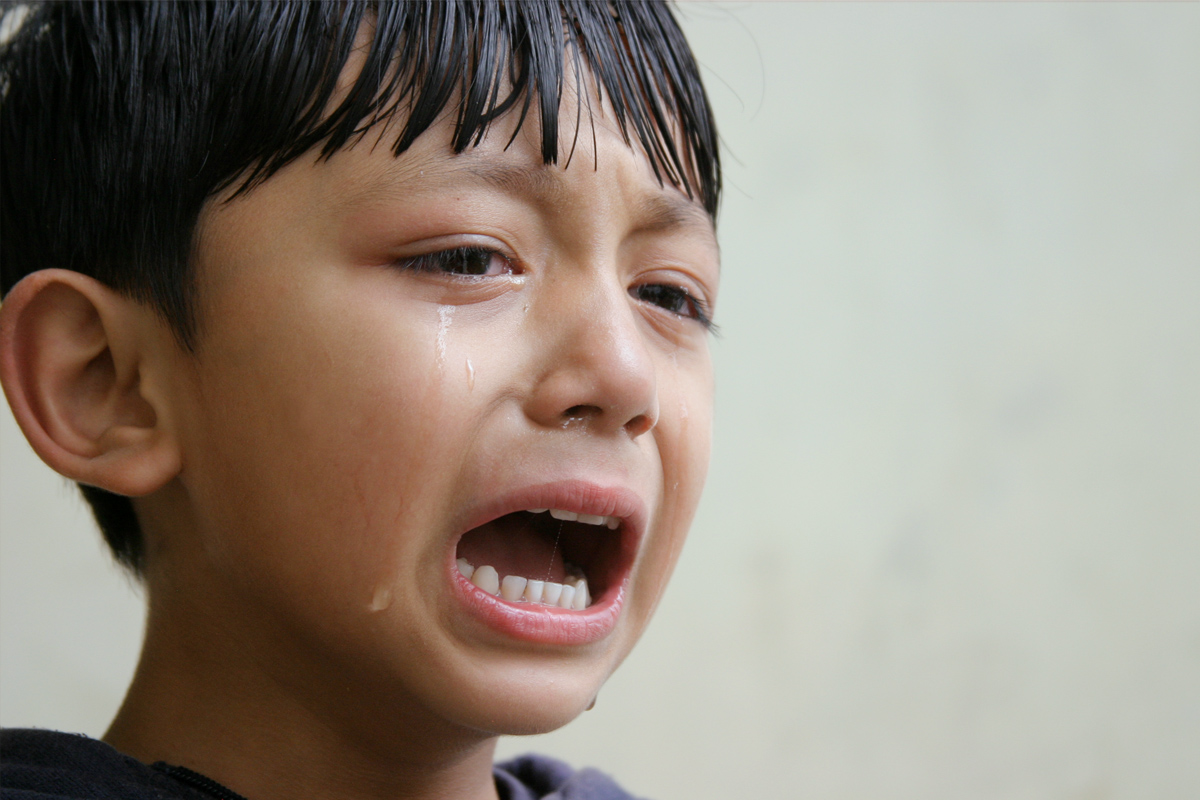Table of Contents
Long thought to be an effective method of socializing small children, physical discipline has been exposed to be a predictor of a wide array of harmful developmental consequences. Physically punishing a child is attributed to an increase in childhood anger, rebellious behavior, lower academic accomplishments, poor parent-child bonding, mental health issues and decreased moral internalization. The experts are not in total agreement about whether physical punishment results in short-term compliance, while some studies show it does and others are inconclusive.

Difference Between Discipline And Corporal Punishment
Physical or corporal punishment is used to cause pain, but not injury. It is done for control or to correct an undesirable behavior. Although researchers find it difficult to distinguish a difference between abuse and corporal punishment, there is no general line of division. Abusive and non-abusive parents differ in how often and how severely they will physically punish a youngster and whether or not the behavior is used to reprimand a child.
Discipline is used for guiding a child’s moral, emotional and physical development. It allows parents to help their child take responsibility for themselves when they are older. Discipline involves teaching a child what is right and wrong and it makes them aware of the values and actions that are acceptable. Positive discipline involves helping a young child to understand why certain behavior is acceptable and other behaviors are not. Negative discipline tends to focus more on doing what you’re told in order to avoid something unpleasant happening.
To use power-assertive discipline methods following a child’s inappropriate behavior means following it up with a negative consequence such as smacking, threatening, taking away privileges, etc. without any actual explanation. Inductive discipline means setting limits and using logical consequences, reasoning and explanation to guide a child.
Corporal Punishment And Social Behavior
Corporal punishment is associated with an increase in childhood aggression and other antisocial behaviors towards adults, peers and siblings. It may legitimize violence in children especially in interpersonal relationships, because they internalize things. Ironically, it’s the behavior parents most want to prevent or deter that wind up becoming strengthened. If a parent attempts to modify a child’s behavior through inflicting physical pain, the child will most likely wind up doing the same to others when they want to get a certain reaction.
See Also: Parenting: So If You Don't Spank, What Do You Do Instead?
- Photo courtesy of Creative Donkey via Flickr: www.flickr.com/photos/binusarina/3889528397
- Photo courtesy of Stephanski via Flickr: www.flickr.com/photos/stephanski/6749689975
- http://jom.sagepub.com/content/40/5/1365.full.pdf+html
- www.msd.govt.nz/about-msd-and-our-work/publications-resources/journals-and-magazines/social-policy-journal/spj27/the-state-of-research-on-effects-of-physical-punishment-27-pages114-127.html
- www.tcd.ie/childrensresearchcentre/assets/pdf/Publications/Parenting_Styles_and_Discipline_Summary_Report.pdf
- www.scribd.com/doc/144907600/Spierenburg-Punishment-Power-and-History#scribd
- www.marshall.usc.edu/news/releases/2013/power-s-punishing-impact


Your thoughts on this